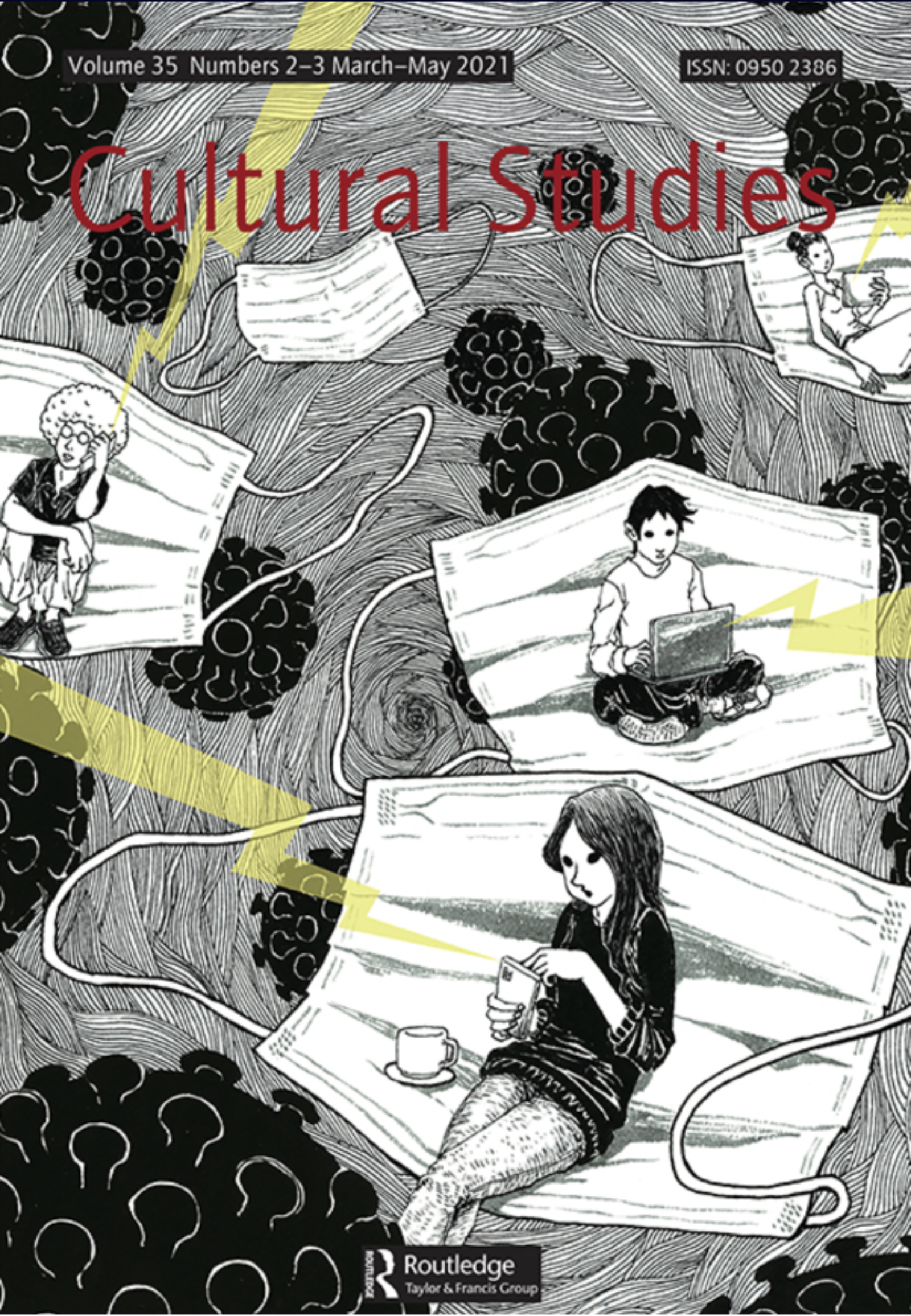Drawing on insights from Taiwan’s public health policy in the SARS epidemic in 2003, Taiwanese cultural studies scholar Allen Chun discusses the strategy of mitigating mass panic in public health responses, such as the US’s response to the COVID-19 pandemic, in his academic article “Back to the Future: Lessons of a SARS Hysteria for the COVID-19 Pandemic.” Chun outlines Taiwan’s approach to containing SARS as “ignorance and uncertainty caused such panic and fear that it was deemed more expedient to opt for extreme repression, even fearmongering, to force the public to toe the line” (595), combining cultural and political perspectives. He cites the severe punishment of academic Chen Yilin for disobeying quarantine measures and supposedly endangering public health during the epidemic as examples to illustrate Taiwan’s “extremely repressive” SARS policy.
Chen Yilin, a Research Fellow from Academia Sinica, one of Taiwan’s top academic institutions, entered and left Taiwan before completing the mandatory 10-day quarantine for people arriving from Hong Kong, a SARS-affected area. Even though he had observed home quarantine and received confirmation from the Health Bureau that he was allowed to leave, media reports emerged that proclaimed Chen had “escaped quarantine” and was “running ‘all over the island’ like a fugitive from justice” (qtd. in Chun 588). Chun argues that Chen’s superior Lee Yuen-tse, who supported the media’s claims about Chen without allowing Chen to defend himself, only did so because Lee was responsible for the very quarantine policy that Chen supposedly violated, and directing public blame to Chen as a scapegoat helped conceal the multitude of loopholes in Taiwan’s public health policy. Chen’s case coincided with outbreaks of SARS in Heping Hospital and Renji Hospital a month prior, and Chun describes the ensuing epidemic control policy as “rules were instituted on the fly, and many directives were not disseminated to the media and governing agencies until two to five days after policy proclamations” (590), while cases and death tolls mounted. It was this disastrous implementation of policy that created an atmosphere of chaos and panic and warranted a scapegoat to divert attention away from the policy makers.
Chun observes a similar pattern of mass panic and the government’s subsequent attempts to manage it during the 2020 COVID-19 pandemic in the US. Instead of introducing active measures to control the pandemic, such as enforcing quarantine regulations, then-President Donald Trump blamed China and the WHO for the adverse conditions under the pandemic to divert public attention away from government failures, particularly the lack of PPE in hospitals across the country. “In an atmosphere of popular uncertainty and ignorance, it was thus more important to create a message and implement measures to alleviate cultural fears rather than to directly tackle the health epidemic per se, which had already overwhelmed policy capabilities” (594), Chun states.
This article tackles the governmental strategy of appealing to mass panic that serves as a heavy-handed measure to enforce social order, focusing on the narratives of scapegoating groups or individuals who supposedly jeopardized public health during the SARS and COVID-19 pandemics. Chun concedes that “in a situation where insufficient objective understanding of the phenomenon created uncertainty and fear, it created problems that involved in practice societal strategies” (595), implying that an ideal pandemic response is multi-faceted, and requires both public health solutions and ways to address the public’s fear on a cultural level. While regulating mass panic is necessary, the scapegoating tactics taken by Taiwan during the SARS epidemic and the US during COVID-19 are inappropriate as they come at the expense of innocent individuals or groups.

Image Captions:
Cover image of Cultural Studies, vol. 35, no. 2–3.Citation: Chun, Allen. “Back to the Future: Lessons of a SARS Hysteria for the COVID-19 Pandemic.” Cultural Studies, vol. 35, no. 2–3, 4 May 2021, pp. 585–597. https://doi-org.ezproxy.lib.torontomu.ca/10.1080/09502386.2021.1898018. NON-FICTION, SCHOLARLY ARTICLE | CHINA, US. ll
Source Type: Scholarship on Pandemic Studies
Country: China and US
Date: 04-May-2021
Keywords: Mass Panic, Public Health Policy, SARS Epidemic, Scapegoating, and Taiwan